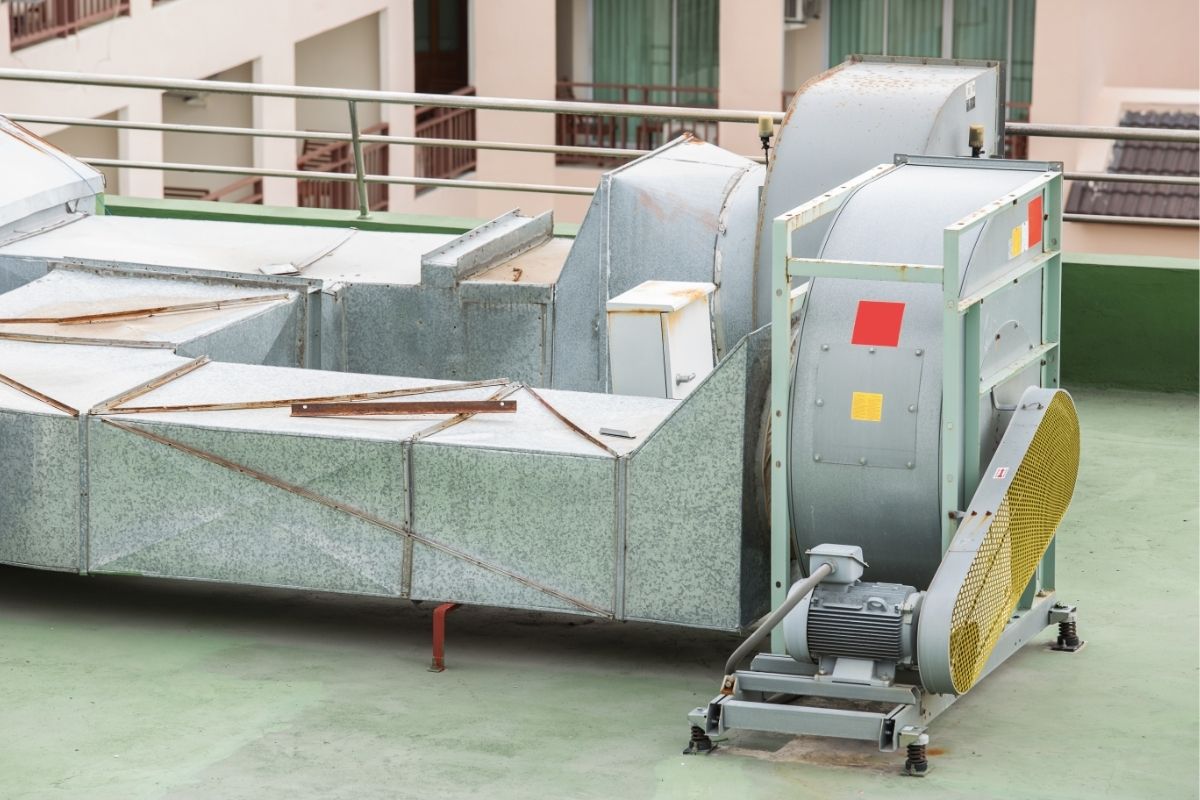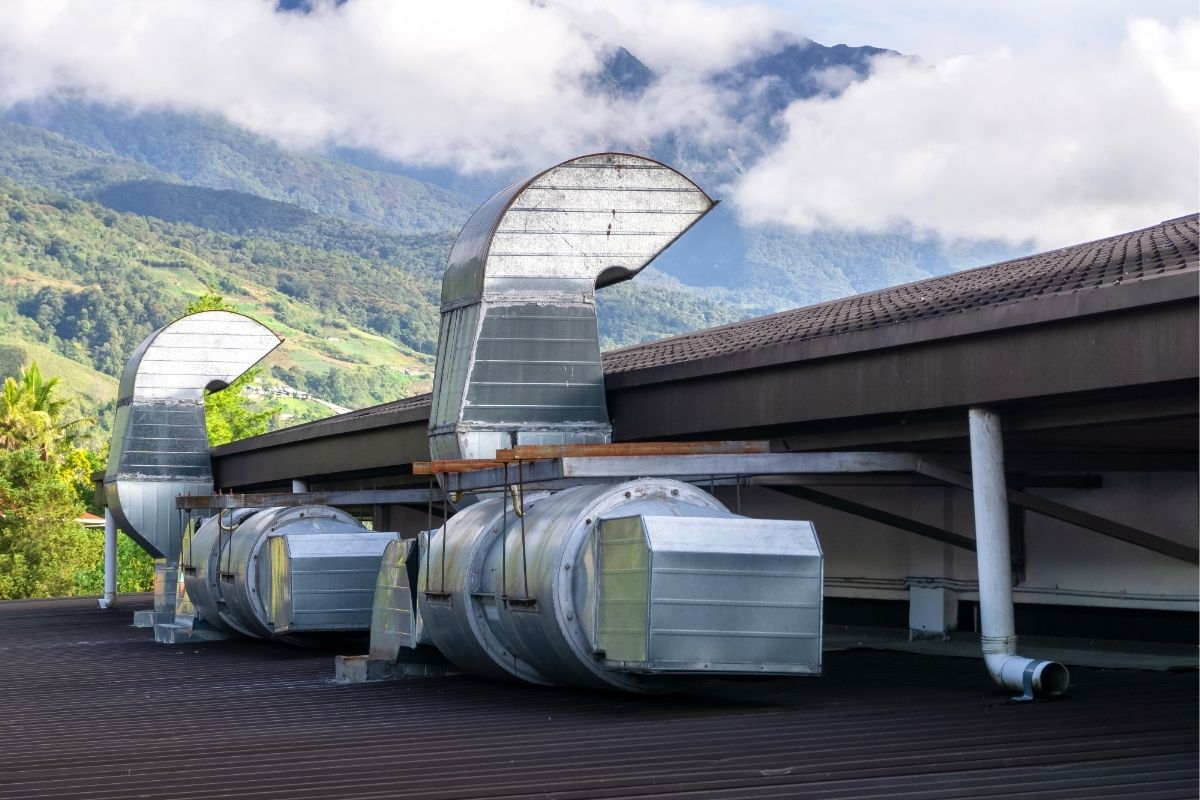Dust is a constant challenge in industrial spaces like workshops, factories, and warehouses. Left unchecked, it can harm workers, damage equipment, and pose fire risks. That’s why dust collection systems are essential, and the centrifugal fan is at the heart of these systems. While filters and ducts get most of the attention, the fan drives airflow and keeps the system working effectively.
What Is a Centrifugal Fan, Anyway?
If you’re unfamiliar with the term, a centrifugal fan (also known as a blower) moves air by spinning it through a circular impeller. The air enters the center of the fan and is flung outward by the spinning blades, exiting at a 90-degree angle. This change in direction might not seem like a big deal, but it allows the fan to build up a lot of pressure, much more than a typical axial fan that just moves air straight through.
That extra pressure is precisely what a dust collection system needs. It has to pull air through long stretches of ductwork, across bends and filters, and out through vents or stacks. A centrifugal fan provides the power to make that happen.
Why the Fan Matters in a Dust Collection System
In a dust collection setup, the fan does the heavy lifting. It creates the suction that pulls dusty air away from workstations and through the system’s filters. Air wouldn’t move efficiently through the ducts without a strong enough fan. Dust would settle in the pipes, filters would clog more quickly, and the system wouldn’t catch fine particles like it should.
When the airflow drops, the system becomes less effective and can become dangerous. Dust lingering in the air can lead to respiratory issues and, depending on the material, even increase the risk of fire or explosions. A well-sized centrifugal fan ensures air keeps moving, dust gets captured, and workers stay safe.
Not All Fans Are the Same
Centrifugal fans come in different shapes and sizes, and choosing the right one depends significantly on the dust you’re dealing with and how your system is set up.
Some fans, like radial blade designs, are built for harsh conditions. They’re great for moving heavy, abrasive dust like wood chips or metal shavings. Others, like backward-inclined fans, are quieter and more efficient, making them a better fit for lighter applications where airflow needs to be high, but the material isn’t as harsh. Forward-curved fans are compact and functional in smaller systems, though they’re generally not the best choice for heavy-duty jobs.
The bottom line is: one fan doesn’t fit all. It’s important to pick a fan that matches both the air volume (measured in CFM—cubic feet per minute) and your system’s pressure needs (static pressure). Otherwise, you’ll either waste energy or fall short of capturing dust effectively.
Design and Performance Go Hand in Hand
How your ductwork is laid out and how many machines or collection points are in your shop also affect fan performance. The more complex the duct system, the more power the fan needs to push air through it. Sharp turns, multiple branches, and small-diameter piping add resistance, which the fan must overcome.
That’s why system design and fan selection should go hand in hand. A perfect fan won’t do much if attached to a poorly designed duct system. Likewise, a well-designed system won’t perform if the fan doesn’t have the muscle to handle it.
Energy Efficiency Matters, Too
Centrifugal fans usually run nonstop in industrial settings to consume much energy. Fortunately, there are ways to make them more efficient. High-efficiency motors and variable frequency drives (VFDs) can help adjust the fan speed based on real-time airflow demand. That means your system isn’t running harder than needed, and you’re not burning extra electricity.
It’s also worth mentioning that regular maintenance plays a significant role in efficiency. Over time, dust buildup on fan blades can throw the fan out of balance, cause vibration, and reduce performance. A fan that’s working harder than it should is not only wasting energy but also wearing itself out faster. So regular inspection and cleaning are essential, especially in dusty environments.
Safety and Compliance Are Non-Negotiable
Beyond performance and cost savings, there’s another critical reason to pay attention to your centrifugal fan: safety. Certain types of dust, especially from metals or organic materials, can be highly flammable or explosive under the right conditions. A properly designed and maintained fan helps minimize the risk by keeping dust moving and preventing buildup in the system.
Regulations from organizations like OSHA and the NFPA often require specific airflow rates or system designs to minimize these risks. The right centrifugal fan helps you stay compliant with these regulations and keeps your workplace safer for everyone.
The Pivotal Role Of Centrifugal Fans

Whether you’re setting up a new dust collection system or upgrading an existing one, don’t overlook the role of the fan. Choosing the right type, sizing it properly, and keeping it in good condition will help your system work better, last longer, and protect your people and equipment. For more information on centrifugal fans, contact Lindberg Process Equipment today.





